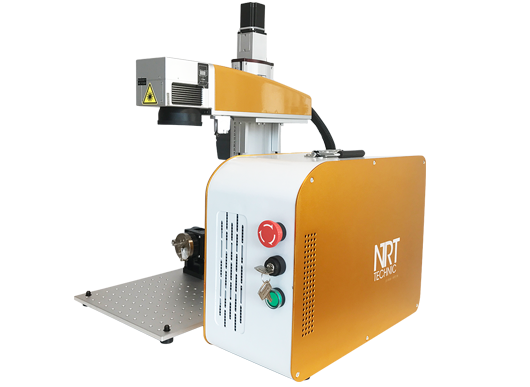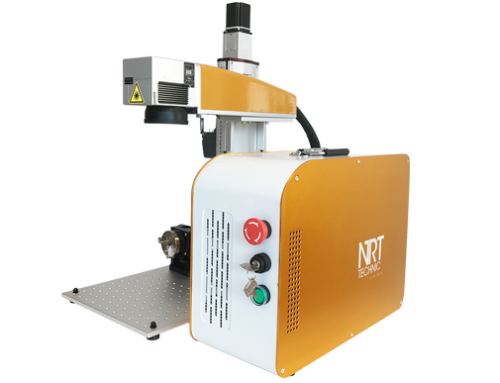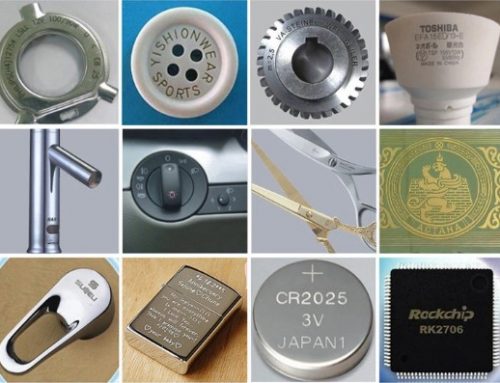While many of our clients know that they have need of a laser, many don’t actually know how a fiber laser works! So whether you’re new to the industry, or you’re just looking to brush up on your knowledge and learn something new on how fiber lasers work, then this article is for you!
What is a fiber laser?
A fiber laser is a laser where the active medium being used is an optical fiber that has been doped in rare elements; typically, erbium, ytterbium, neodymium, thulium, praseodymium, holmium or dysprosium. While you don’t need to worry too much about which rare-earth elements have been used, the main thing to note is that it is fiber that is being used at the centre of this laser machine.
This is different to the two other main types of laser, which are gas lasers (typically uses helium-neon or carbon dioxide) and crystal lasers (using Nd:YAG). Fiber lasers are the newest type of laser to hit the market, with many arguing that it is the more beneficial of the three types.
So how does a fiber laser work?
As mentioned earlier, the fiber used as the central medium for your laser will have been doped in rare-earth elements, and you will most often find that this is Erbium. The reason this is done is because the atom levels of these earth elements have extremely useful energy levels, which allows for a cheaper diode laser pump source to be used, but that will still provide a high output of energy.
Why does all of this make a fiber laser so useful?
While the above may have been a bit science-heavy, we thought we’d share with you some of the benefits that come with the way that a fiber laser works. One of the biggest benefits that a fiber laser offers to its users is that it is extremely stable.
Other normal lasers are very sensitive to movement, and should they get knocked or banged, the whole laser alignment will be thrown off. If the optics themselves get misaligned, then it can require a specialist to get it working again. A fiber laser, on the other hand, generates its laser beam on the inside of the fiber, meaning that sensitive optics aren’t required to have it working properly.
Another huge benefit in the way that a fiber laser works is that the beam quality that is delivered is extremely high. Because the beam, as we’ve explained, remains contained within the core of the fiber, it keeps a straight beam that can be ultra-focused. The dot of the fiber laser beam can be made incredibly small, perfect for applications such as laser cutting.
While the quality remains high, so too does the level of power that the fiber laser beam delivers. The power of a fiber laser is constantly being improved and developed, and we now stock fiber lasers that have a power output over 6kW. This is an incredibly high level of power output, especially when it is super focused, meaning it can easily cut through metals of all kinds of thicknesses.
Another useful aspect in the way in which fiber lasers work is that despite their high intensity and high power output, they are extremely easy to cool while remaining highly efficient at the same time.
Many other lasers will typically only convert a small amount of the power that it receives into a laser. A fiber laser, on the other hand, converts somewhere between 70%-80% of the power, which has two benefits.
The fiber laser will remain efficient by using near-to 100% the input that it receives, but it also means that less of this power is being converted into heat energy. Any heat energy that is present is evenly distributed along the length of the fiber, which is usually quite long. By having this even distribution, no part of the fiber gets too hot to the point where it causes damage or breaks.
Finally, you’ll also find that a fiber laser works with low amplitude noise, is also extremely resistant to heavy environments, and has low maintenance costs. Generally, an SPI fiber laser will require no servicing as they are built with our ‘fit and forget’ technology. However, for the rare occurrence maintenance should ever be required costs are typically around 50% less than other lasers.






